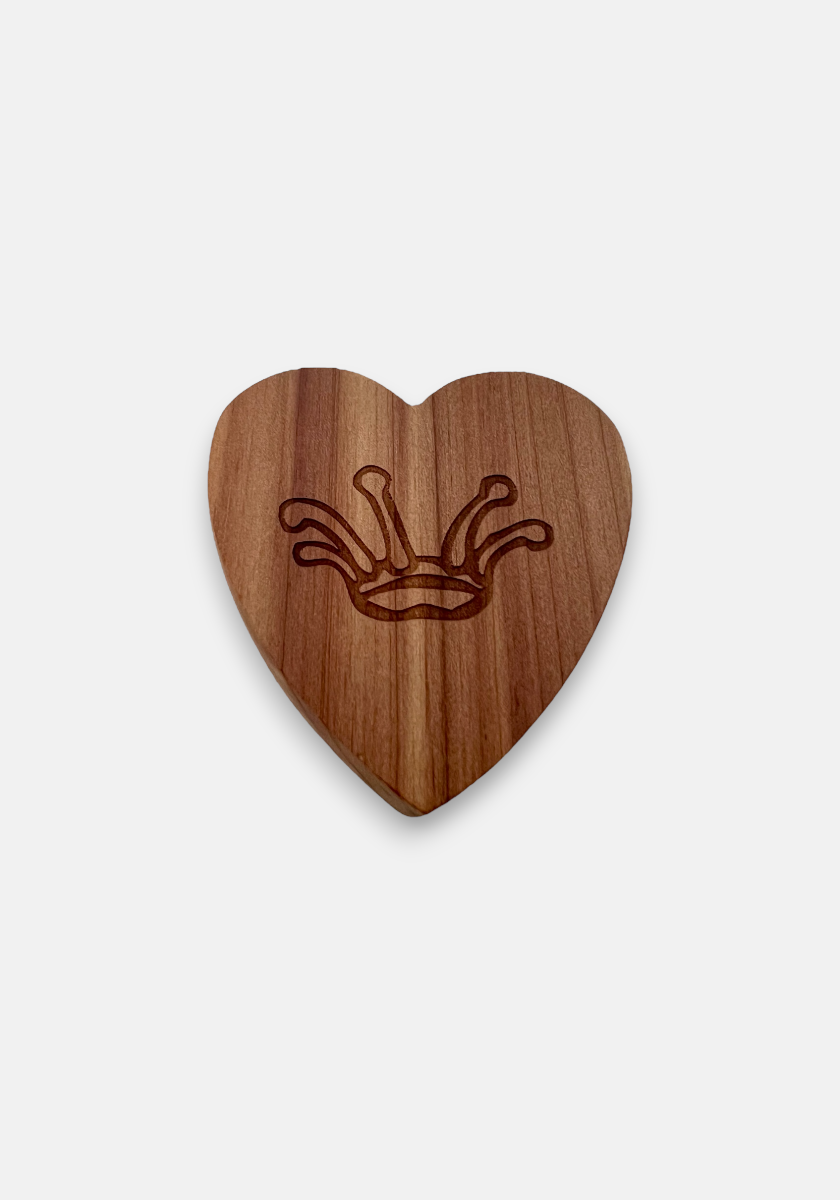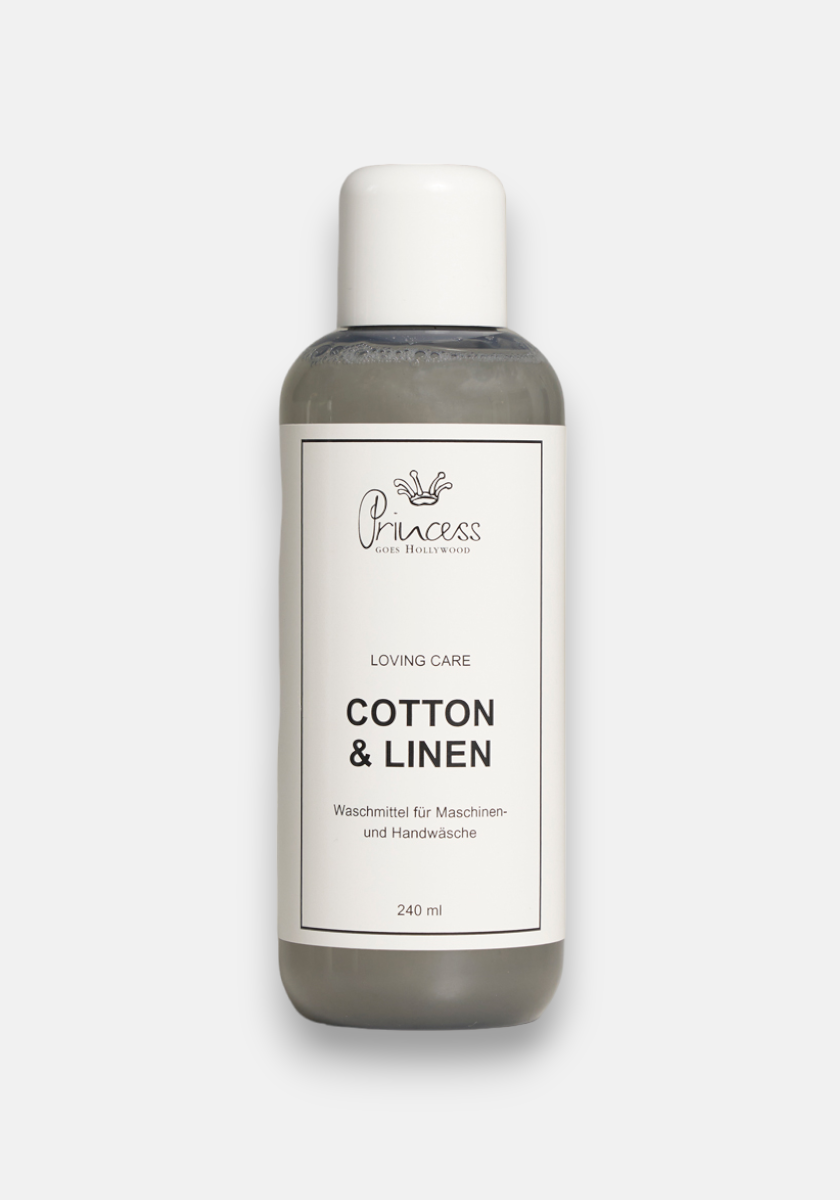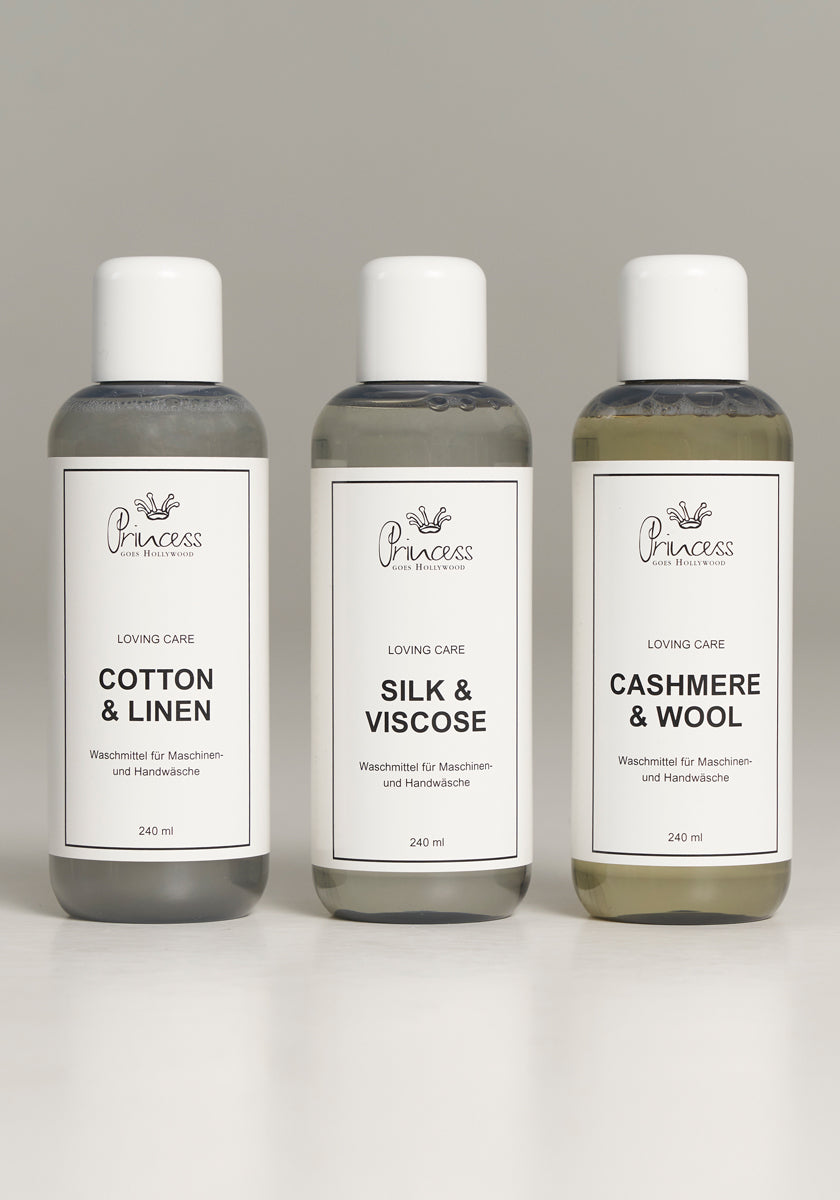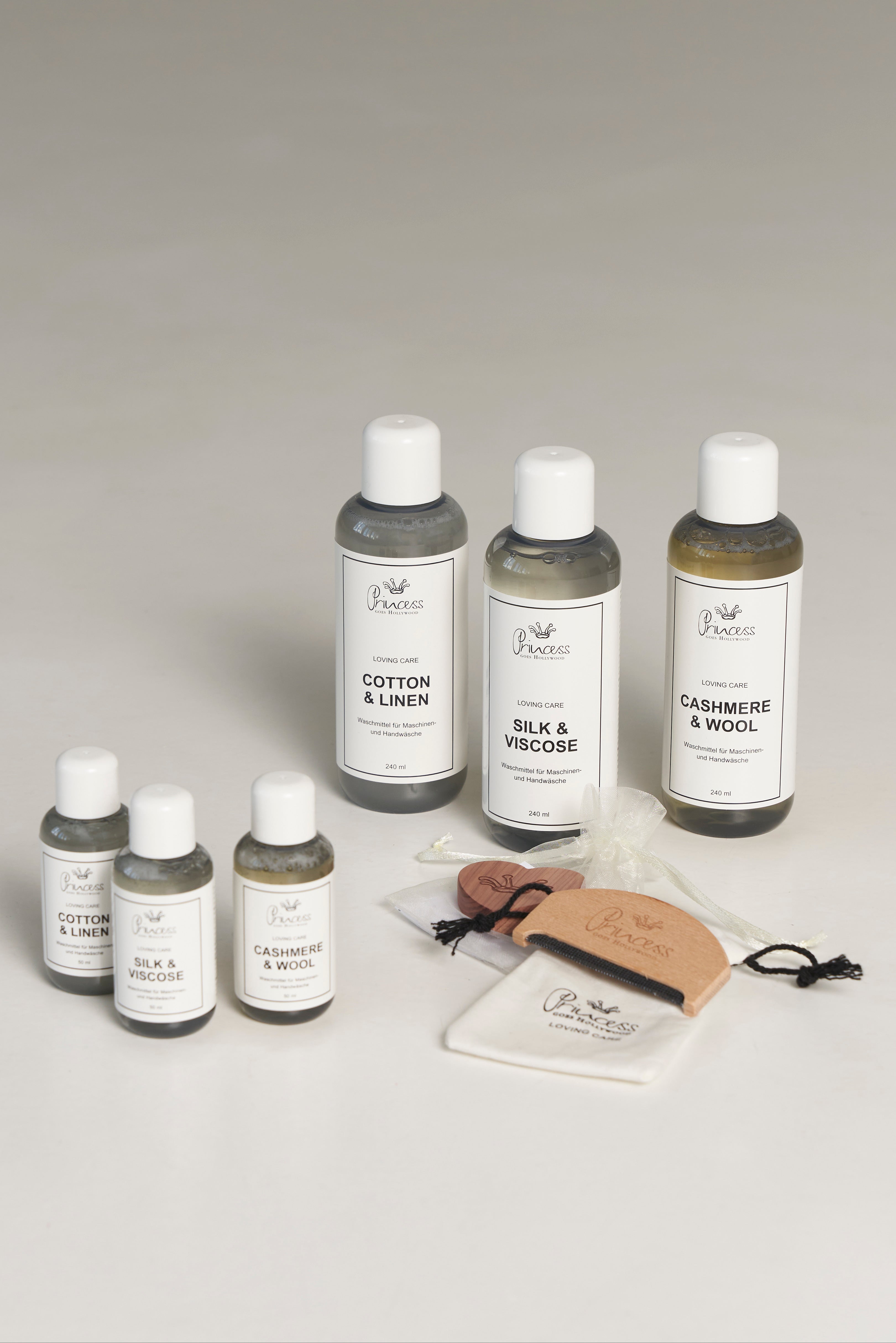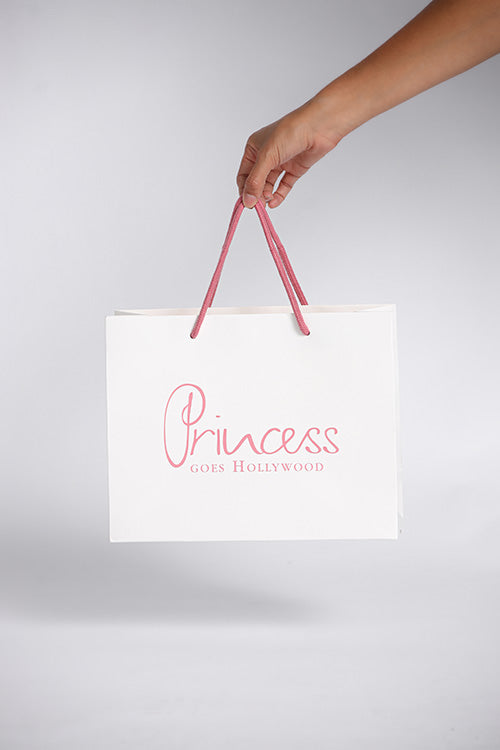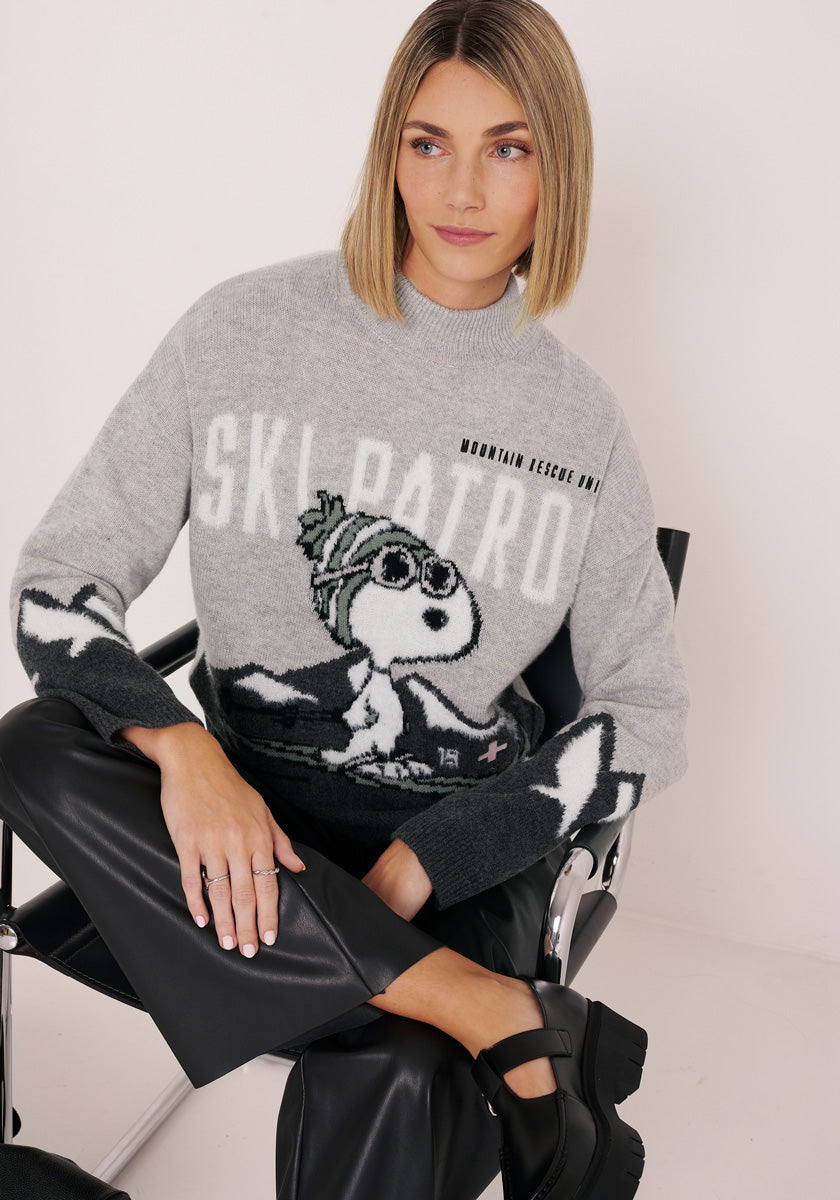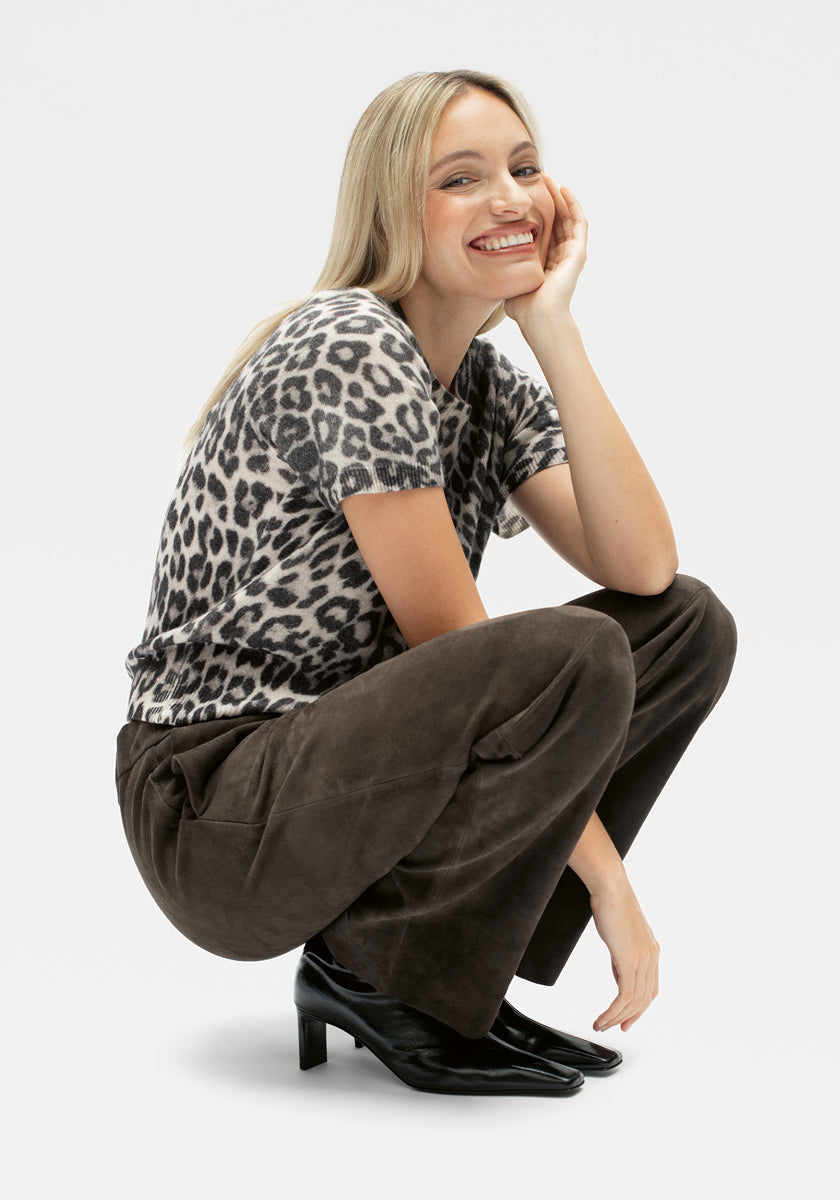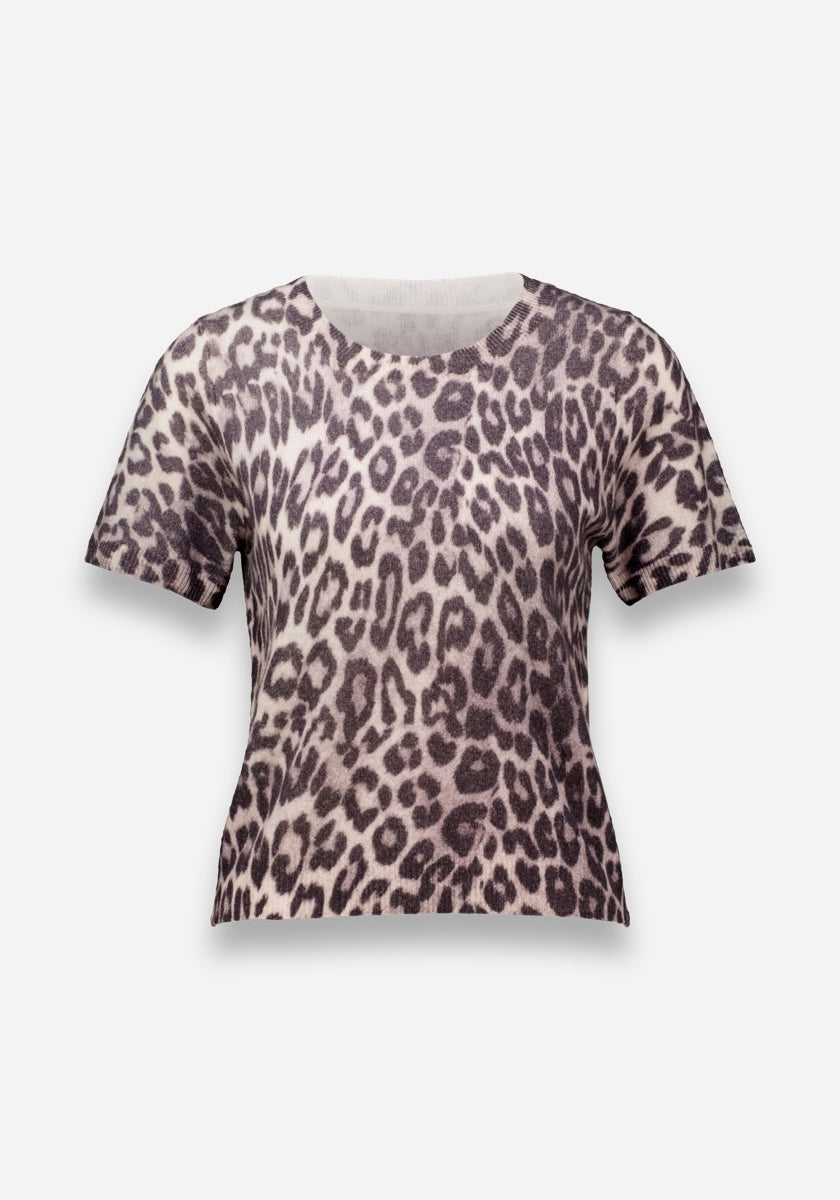Linen - trendy for more than 30,000 years
Flax, the cultivated plant from which linen is made, has been growing in many parts of the world for thousands of years and can be processed into both food and textiles. It is therefore only natural that flax is one of the first textile fibers used by humans. The ancient Egyptians already used linen for clothing, as currency, and for mummification. Among the Romans, linen fabrics in vibrant colors were particularly fashionable. After a further peak in the 17th century, flax fiber was gradually replaced by the more popular cotton because it is somewhat easier to dye and weighs less. In recent years, however, linen has been making a major comeback.
How is linen made?
To help you better understand how flax is turned into linen , we have put together a short step-by-step guide
- The flax is harvested after approximately three months and, depending on the weather, left in the field for a few weeks to retch. During this time, bacteria and fungi separate the fiber bundles inside, which will later be processed, from the surrounding tissue.
- In the next step, the flax stalks are processed to expose the fibers.
- Finally, the flax fibers are spun into yarn so that linen fabric can be woven from them.
- Optionally, the finished linen fabric can be further treated, for example with water-repellent coatings, bleaching agents or dyes.
What makes linen so special?
Linen fashion has numerous positive qualities that are particularly valuable in summer:
- Linen is very breathable
- Linen has antibacterial and antistatic properties
- Linen absorbs moisture quickly and releases it again immediately (perfect for sweating)
- Unique aesthetics and high-quality appearance
Linen is also considered a highly sustainable textile, as no pesticides are required for its cultivation, and its production requires less water and energy than cotton or polyester, for example. And best of all, this natural fiber is 100% biodegradable. Linen clothing is also durable and more resilient than other natural fibers, meaning it can be worn for many years without needing to be replaced.
Why does linen wrinkle so quickly?
The plant glue in this natural fiber makes linen susceptible to dirt and pilling, but also causes its low elasticity. To prevent excessive creasing, cotton, viscose, or elastane is often added to the flax fiber. Nevertheless, the rapid creasing is worth accepting, as 100% linen is more comfortable to wear in summer than linen blends.
How to care for linen properly
Linen styles are generally easy to care for and won't look worn even after multiple washes. You can wash linen either by hand or in the washing machine, ideally at lukewarm temperature or lower and on the gentle cycle. For gentle care, we recommend the "Cotton & Linen" detergent from Princess Goes Hollywood . The Cotton & Linen detergent is based on natural raw materials and contains no brighteners or bleaching agents. This ensures gentle and thorough washing, while the colors remain vibrant and fresh.

How we wear linen this season
In addition to classic linen trousers, linen shirts and linen tops, this summer's focus is also on airy kaftans and dresses with playful details such as flounces or puff sleeves - preferably in beige, green, saffron or ochre.
Making linen office-friendly
Many people associate linen primarily with airy leisure looks and would never consider wearing it to the office. Yet linen styles are perfect for casual-chic office outfits in summer: Linen two-piece suits and suits, or airy linen blouses, are an absolute must for every business wardrobe this year.


